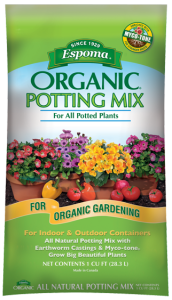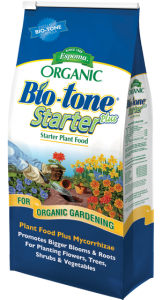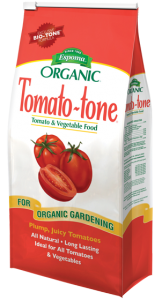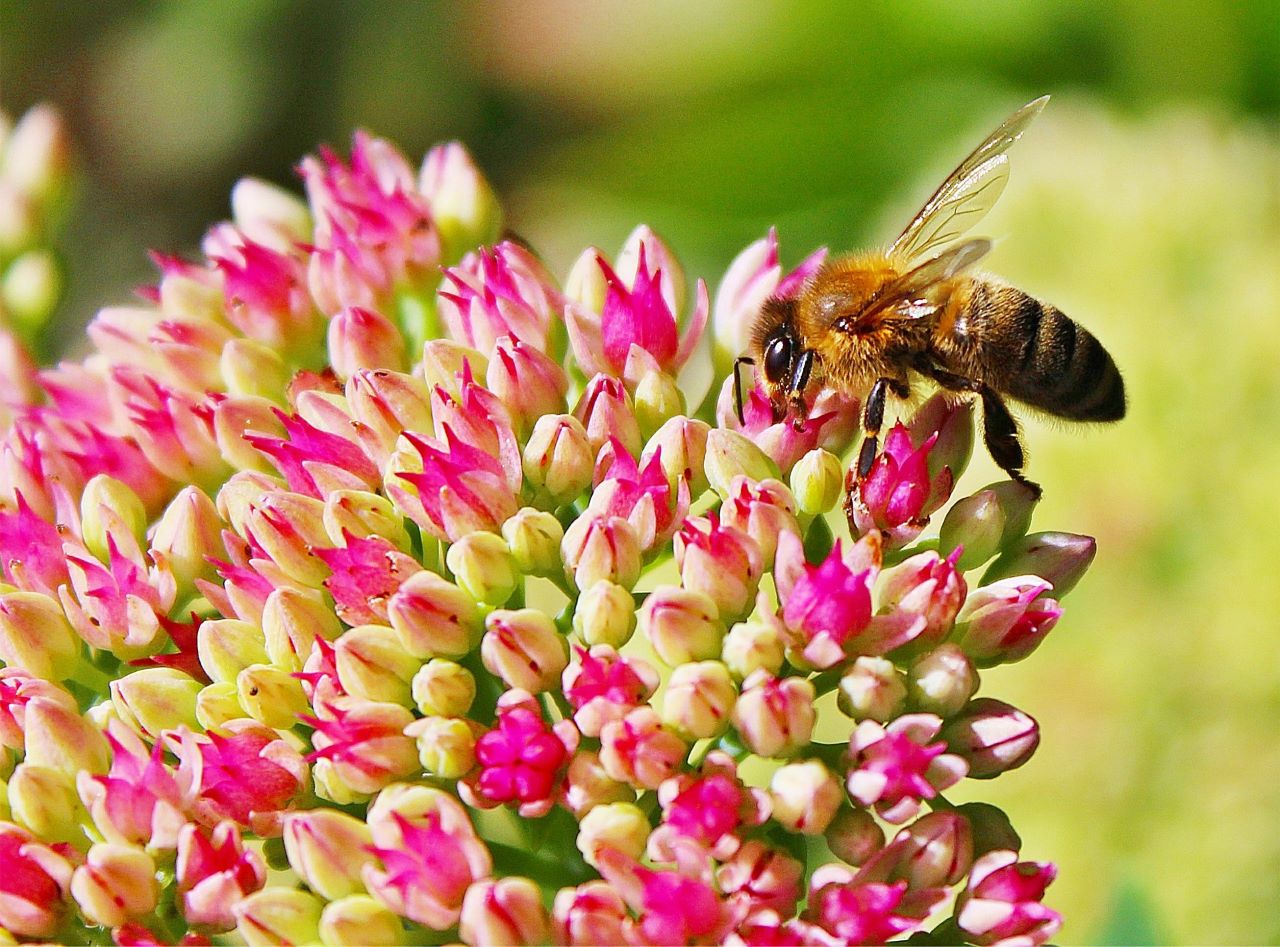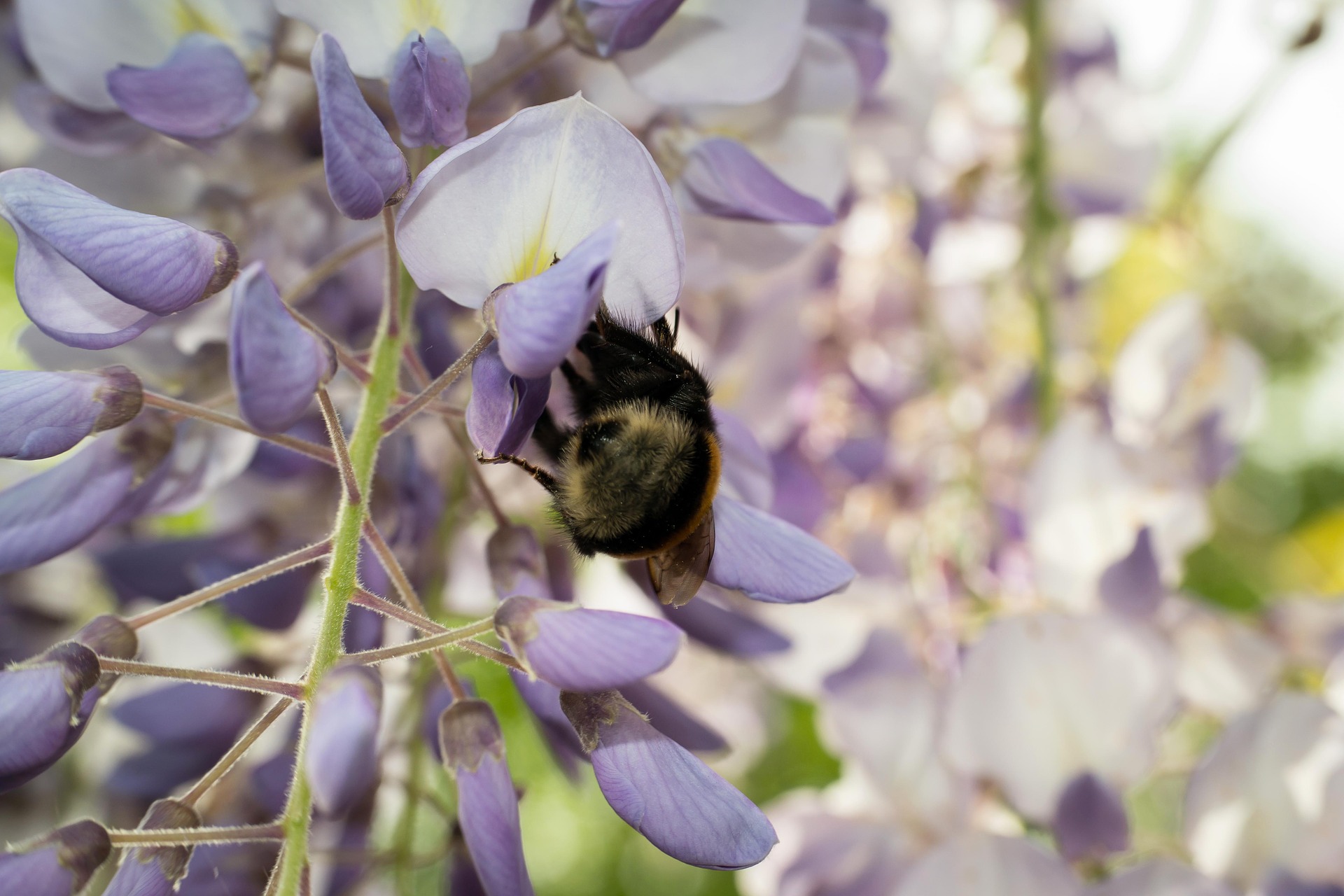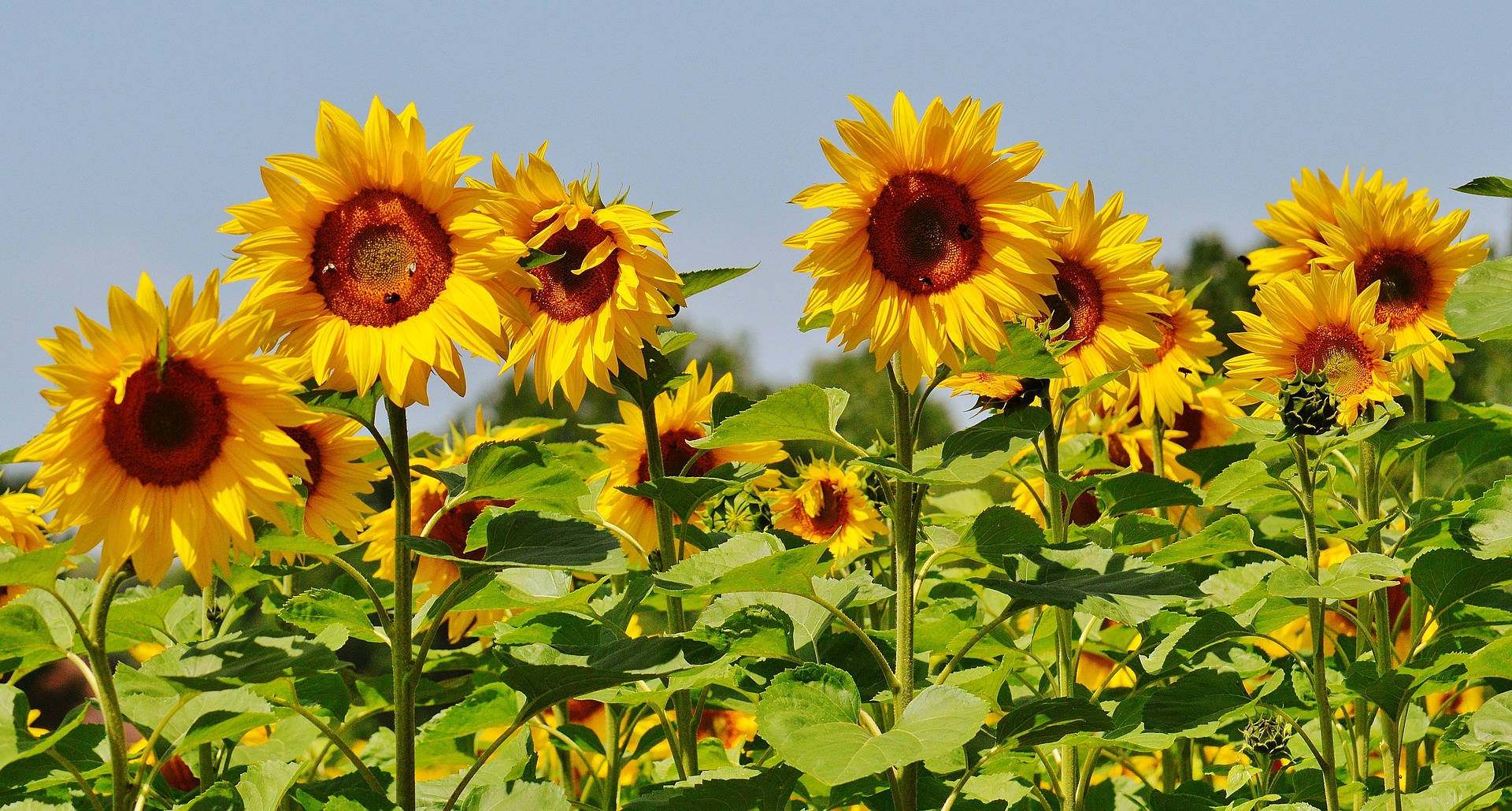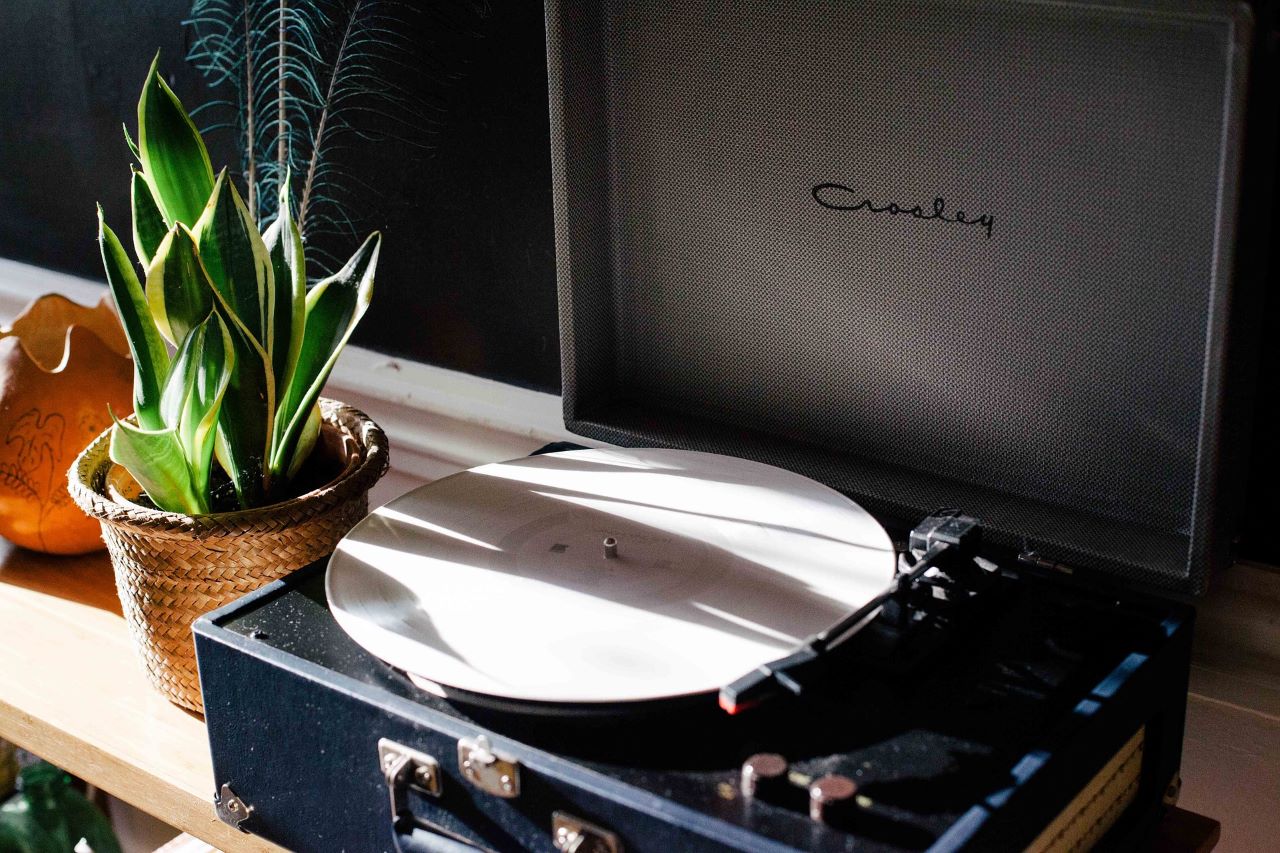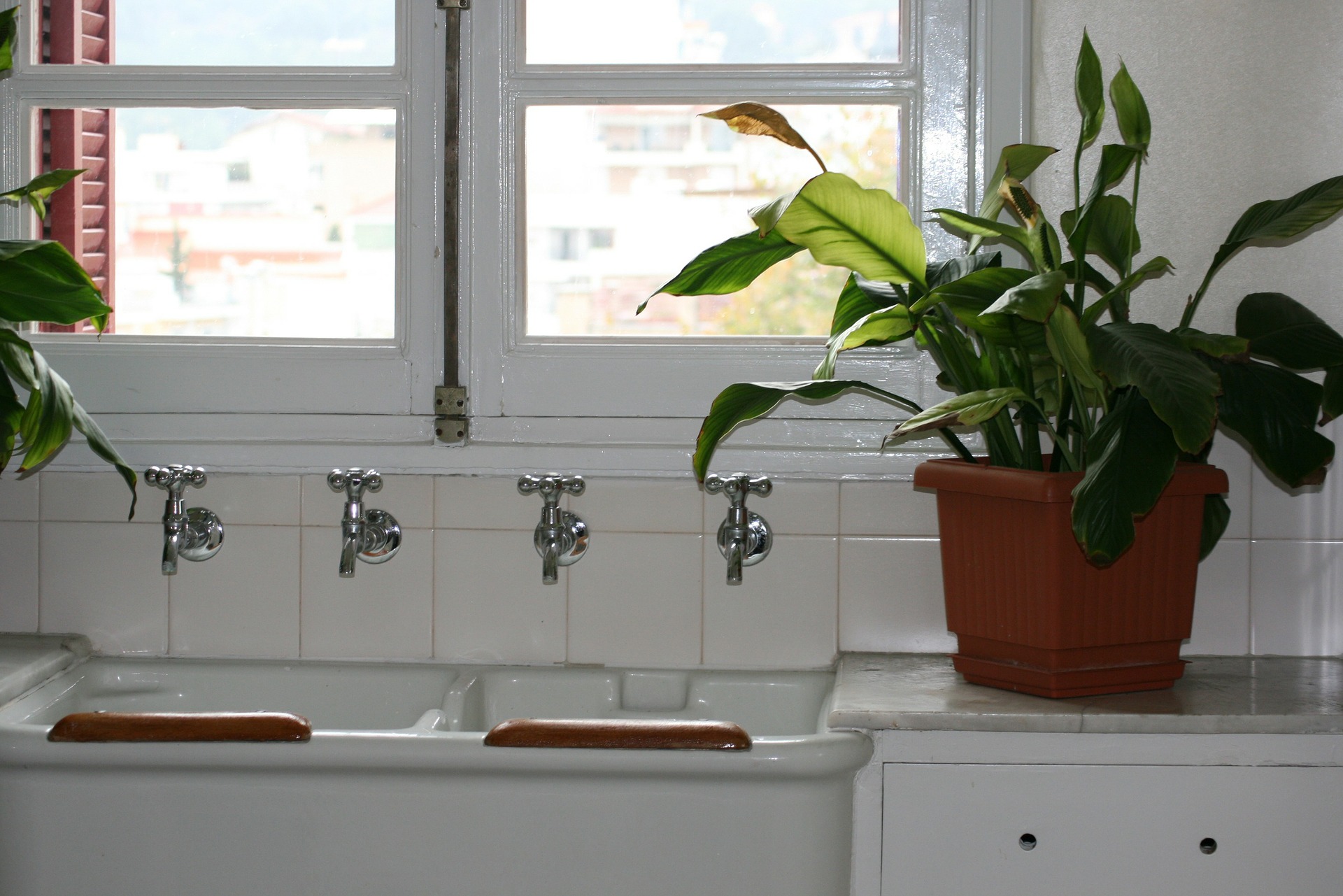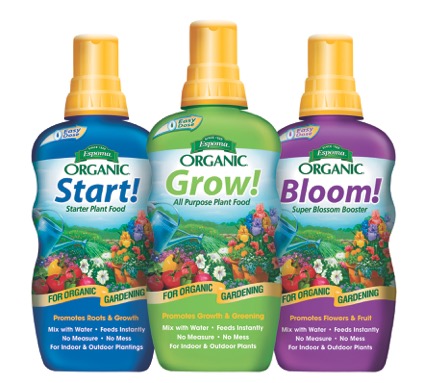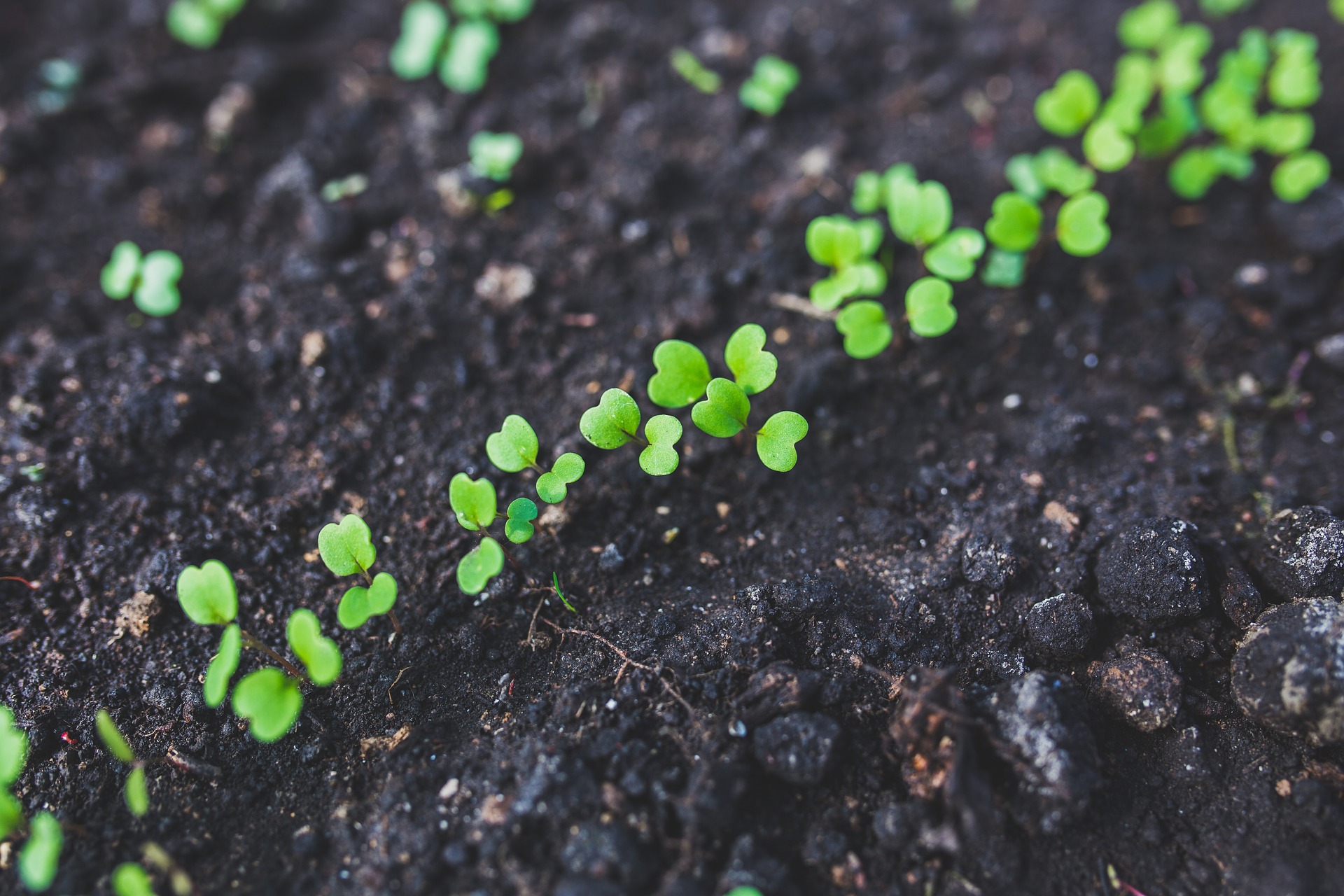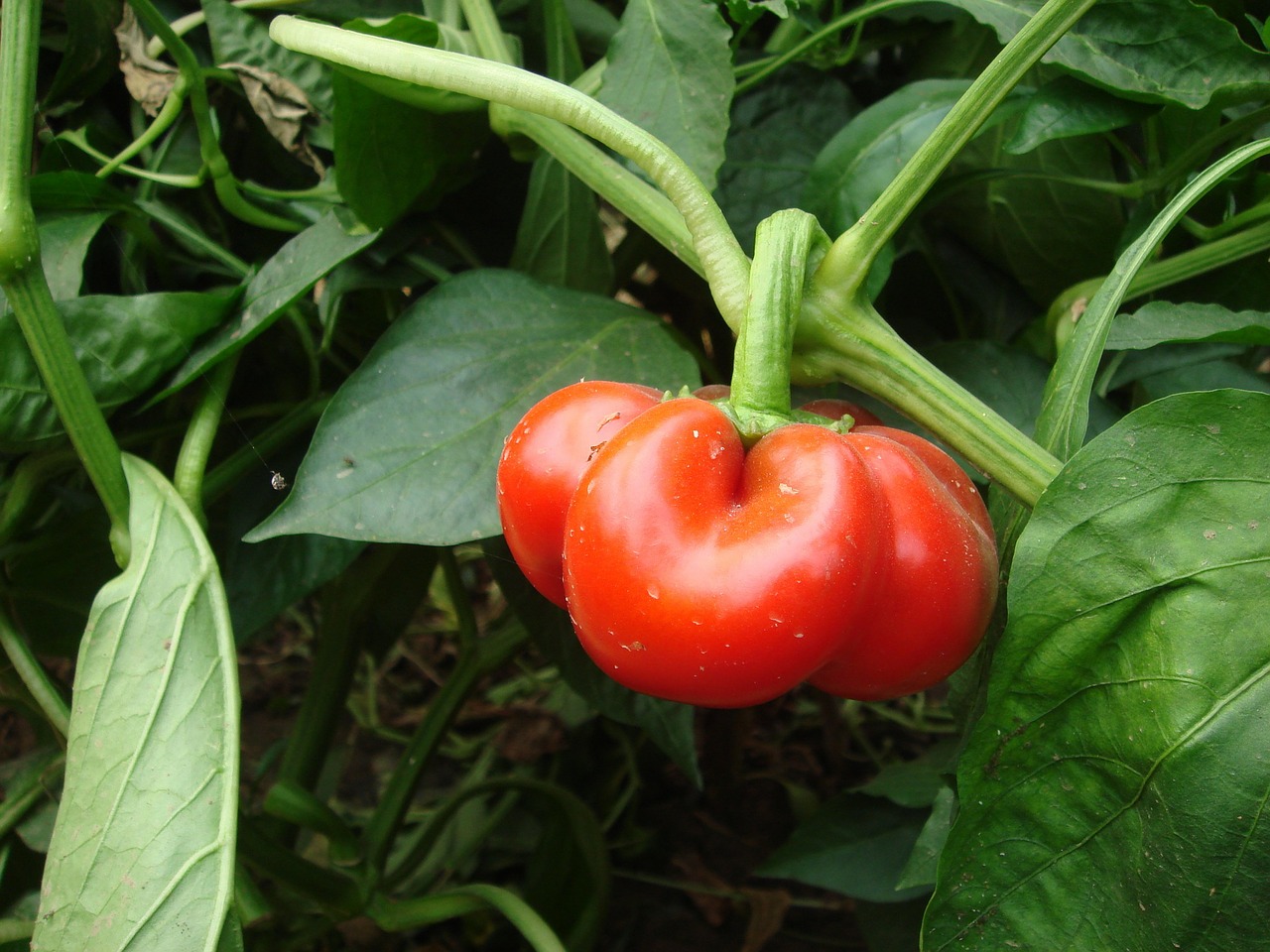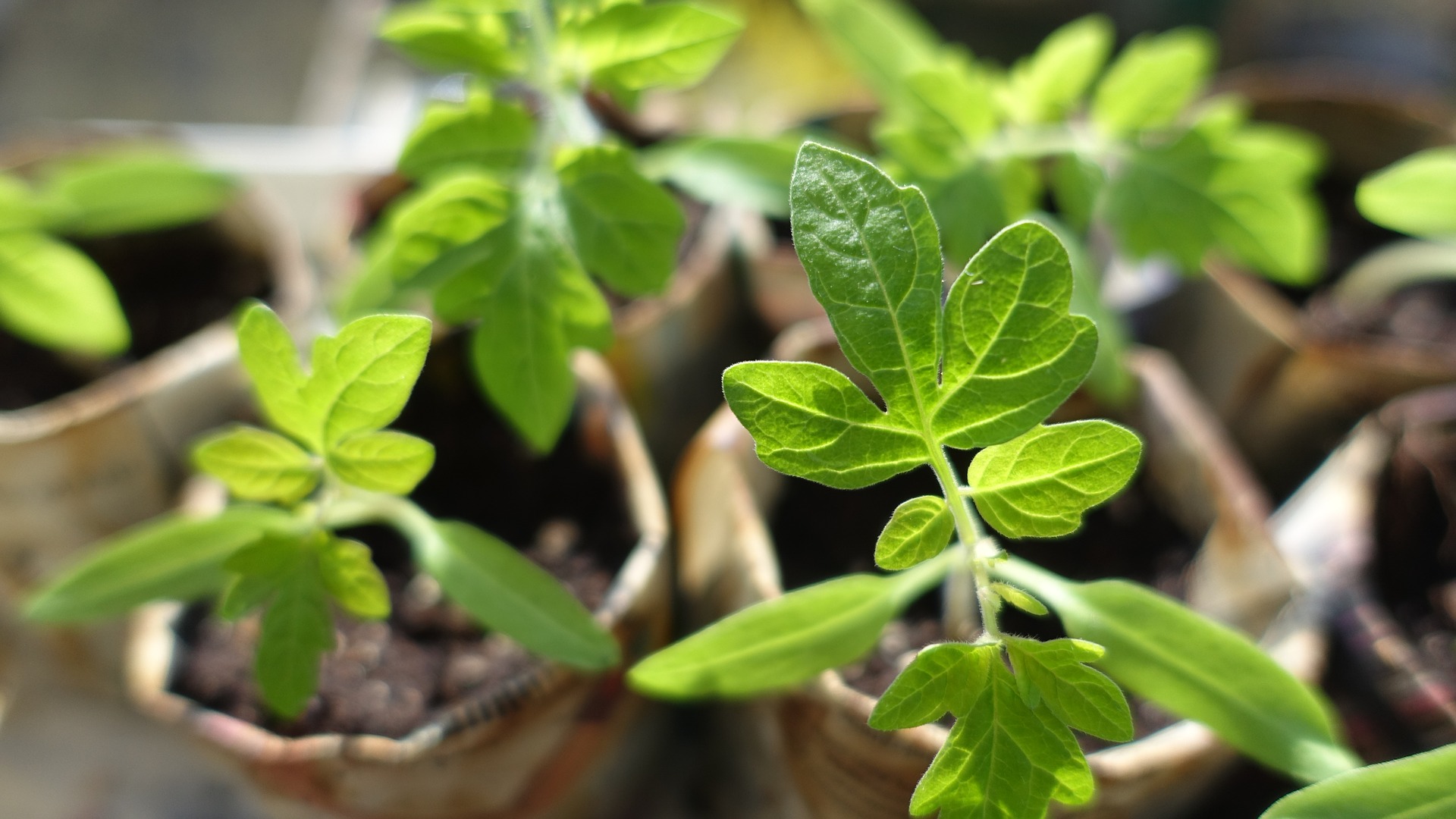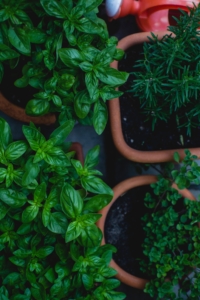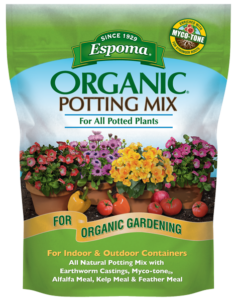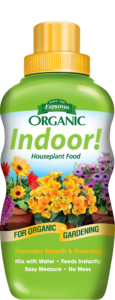Fall Foliage that adds Spark
Gardens full of life and color are the best gardens to have around. It is easy to bring colors to life during spring and summer when everything is blooming.
While summer is known for its vibrant colors, fall also brings bold colors to the garden.
Flaming fall foliage will bring spark life to your garden even when everything else seems to be dulling. Show off with foliage to bring life back into your garden.
Our Top Fall Flaming Foliage Picks:
Virginia Creeper – This creeping vine brings beautiful colors that can expand in every direction. The best variety for fall would be the “Red Wall” vine. With colors that range from dark green in the spring and summer to bright red and orange when autumn rolls around, this foliage will make your neighbors stop and stare.
Height: 20-25 ft
Width: 6-8 ft
Hardiness Zone: 3 to 9
Sun Requirement: Part Shade to Shade
Itea – Dramatic is one way to describe the transformation of colors in this plant. Going from clusters of little white flowers to daring red-purple foliage is truly incredible. The “Henry’s Garnet Sweetspire” is the perfect fall variety to include in your garden. It has a surprise for every season.
Height: 3- 4 ft
Width: 4-6 ft
Hardiness Zone: 5 to 9
Sun Requirement: Full sun to part shade
‘Gro-low’ fragrant sumac – Described as a crazy quilt of yellows, reds and oranges, this sumac is exactly what your garden needs this fall. The small-leaved shrub makes it easier to manage, but still provides the same visual experience of a larger sumac. Its berries are edible and you can even brew them into a drink.
Height: 1.5- 2 ft
Width: 6-8 ft
Hardiness Zone: 3 to 9
Sun Requirements: Full sun to part shade
Red Switch Grass – This classic adds color to any part of your garden, but it is most often used as a border plant. The “Rotsrahlbusch” variety brings a beautiful blend of purple and red all year long. This variety is known for being slim but straight which makes it a perfect backdrop to some of those amazing blooming florals.
Height: 3-4 ft
Width: 3/8 in
Hardiness Zone: 3 to 9
Sun Requirements: Full sun
Coral Bells – This plant will go with anything you put around it! It is the perfect plant to add into an empty place in your garden. The Heuchera “Autumn Leaves” variety is one to look to for amazing reds, caramel and ruby colors. They can last for years, bringing vibrant colors. Coral Bells are great at attracting hummingbirds, too.
Height: 1- 1.5 ft
Width: 1-1.5 ft
Hardiness Zone: 4 to 8
Sun Requirements: Full sun to part shade
Remember to fertilize regularly with Espoma’s GROW! Liquid Fertilizer to keep the foliage looking vibrant and lush.

